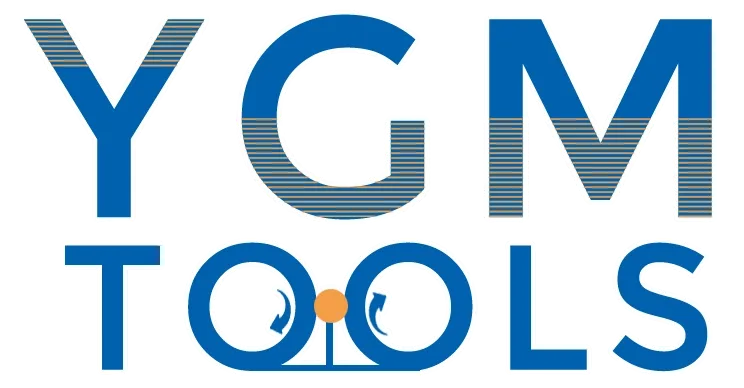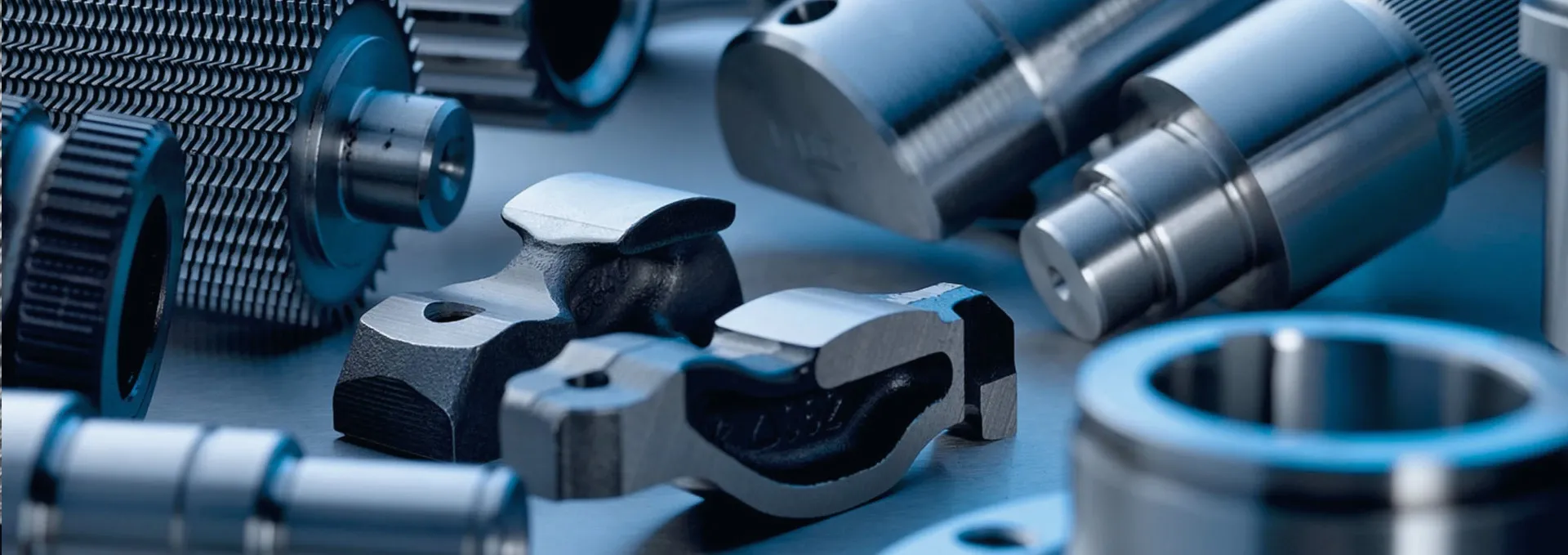
-
 Afrikaans
Afrikaans -
 Albanian
Albanian -
 Amharic
Amharic -
 Arabic
Arabic -
 Armenian
Armenian -
 Azerbaijani
Azerbaijani -
 Basque
Basque -
 Belarusian
Belarusian -
 Bengali
Bengali -
 Bosnian
Bosnian -
 Bulgarian
Bulgarian -
 Catalan
Catalan -
 Cebuano
Cebuano -
 Corsican
Corsican -
 Croatian
Croatian -
 Czech
Czech -
 Danish
Danish -
 Dutch
Dutch -
 English
English -
 Esperanto
Esperanto -
 Estonian
Estonian -
 Finnish
Finnish -
 French
French -
 Frisian
Frisian -
 Galician
Galician -
 Georgian
Georgian -
 German
German -
 Greek
Greek -
 Gujarati
Gujarati -
 Haitian Creole
Haitian Creole -
 hausa
hausa -
 hawaiian
hawaiian -
 Hebrew
Hebrew -
 Hindi
Hindi -
 Miao
Miao -
 Hungarian
Hungarian -
 Icelandic
Icelandic -
 igbo
igbo -
 Indonesian
Indonesian -
 irish
irish -
 Italian
Italian -
 Japanese
Japanese -
 Javanese
Javanese -
 Kannada
Kannada -
 kazakh
kazakh -
 Khmer
Khmer -
 Rwandese
Rwandese -
 Korean
Korean -
 Kurdish
Kurdish -
 Kyrgyz
Kyrgyz -
 Lao
Lao -
 Latin
Latin -
 Latvian
Latvian -
 Lithuanian
Lithuanian -
 Luxembourgish
Luxembourgish -
 Macedonian
Macedonian -
 Malgashi
Malgashi -
 Malay
Malay -
 Malayalam
Malayalam -
 Maltese
Maltese -
 Maori
Maori -
 Marathi
Marathi -
 Mongolian
Mongolian -
 Myanmar
Myanmar -
 Nepali
Nepali -
 Norwegian
Norwegian -
 Norwegian
Norwegian -
 Occitan
Occitan -
 Pashto
Pashto -
 Persian
Persian -
 Polish
Polish -
 Portuguese
Portuguese -
 Punjabi
Punjabi -
 Romanian
Romanian -
 Russian
Russian -
 Samoan
Samoan -
 Scottish Gaelic
Scottish Gaelic -
 Serbian
Serbian -
 Sesotho
Sesotho -
 Shona
Shona -
 Sindhi
Sindhi -
 Sinhala
Sinhala -
 Slovak
Slovak -
 Slovenian
Slovenian -
 Somali
Somali -
 Spanish
Spanish -
 Sundanese
Sundanese -
 Swahili
Swahili -
 Swedish
Swedish -
 Tagalog
Tagalog -
 Tajik
Tajik -
 Tamil
Tamil -
 Tatar
Tatar -
 Telugu
Telugu -
 Thai
Thai -
 Turkish
Turkish -
 Turkmen
Turkmen -
 Ukrainian
Ukrainian -
 Urdu
Urdu -
 Uighur
Uighur -
 Uzbek
Uzbek -
 Vietnamese
Vietnamese -
 Welsh
Welsh -
 Bantu
Bantu -
 Yiddish
Yiddish -
 Yoruba
Yoruba -
 Zulu
Zulu
types of thread rolling
Types of Thread Rolling An Overview
Thread rolling is a widely employed manufacturing process that is integral to the production of various fasteners, screws, and bolts. This method allows for the creation of strong, precise threads on cylindrical workpieces by deforming the material rather than cutting it. As the demand for high-quality threaded components continues to rise, understanding the different types of thread rolling processes becomes essential for engineers and manufacturers alike. In this article, we will explore the various types of thread rolling techniques, their applications, benefits, and limitations.
1. Flat Thread Rolling
Flat thread rolling, also known as flat die rolling, involves the use of flat cylindrical dies that are pressed against the workpiece. The dies have the desired thread profile engraved on their surfaces. During the process, the workpiece is fed between the two dies, which apply pressure to deform the material and create threads. This method is particularly advantageous for producing large quantities of threads with uniform quality. It is commonly used for manufacturing small to medium-sized fasteners, such as screws and bolts.
2. Circular Thread Rolling
Circular thread rolling utilizes two circular dies that rotate in opposite directions. The workpiece, which is typically in a cylindrical shape, is passed between these rotating dies. As it moves through, the dies compress the material, forming the desired threads. Circular thread rolling is known for its high efficiency and ability to produce threads with excellent dimensional accuracy. This technique is highly suitable for making longer fasteners and threaded rods, often used in automotive and construction industries.
3. Triangular Thread Rolling
Triangular thread rolling is another effective method for producing threads with a triangular profile. It employs a unique set of triangular-shaped dies that impart the desired shape onto the workpiece. The process is characterized by its ability to create threads that are particularly strong and resilient. Triangular threads are commonly found in applications where high tensile strength is required, such as in aerospace and industrial machinery.
4
. Thread Formingtypes of thread rolling

Though not a thread rolling technique per se, thread forming is often discussed in conjunction with thread rolling. This process involves displacing rather than removing material to create threads. It can be performed using taps or dies, either through cutting or deformation. While thread rolling typically results in stronger threads due to the cold working of the material, thread forming can be more versatile in some situations, especially when dealing with softer materials.
Benefits of Thread Rolling
The advantages of thread rolling are numerous. First and foremost, because material is deformed rather than cut, thread rolling produces threads that are stronger and more durable. This is beneficial in applications that face significant stress or fatigue. Additionally, the process results in minimal waste since no material is removed, making it a more efficient option when it comes to resource utilization.
Thread rolling also provides excellent surface finish, which is important for many applications where corrosion resistance or aesthetic appearance is crucial. Furthermore, the process is highly repeatable, allowing for consistent quality across batches of threaded components.
Limitations of Thread Rolling
Despite its many benefits, thread rolling is not without its limitations. The method is primarily suited for ductile materials, as brittleness can lead to cracking during the rolling process. Additionally, the machines used for thread rolling can be more expensive than those used for traditional cutting methods, which may deter some manufacturers, particularly for low-volume production runs.
Moreover, thread rolling is generally best for producing specific thread profiles. If custom threads are needed, manufacturers may need to invest in specialized dies, increasing costs and complexity.
Conclusion
In summary, thread rolling is a vital manufacturing process that offers a range of techniques suited for producing various types of threaded components. From flat and circular to triangular thread rolling, each method comes with its own set of advantages and applications. Understanding these processes enables manufacturers to make informed decisions, ensuring the production of high-quality threaded products that meet the demands of various industries. As technology continues to advance, it is likely that we will see further innovations in thread rolling methods, enhancing the efficiencies and capabilities of this essential manufacturing technique.
